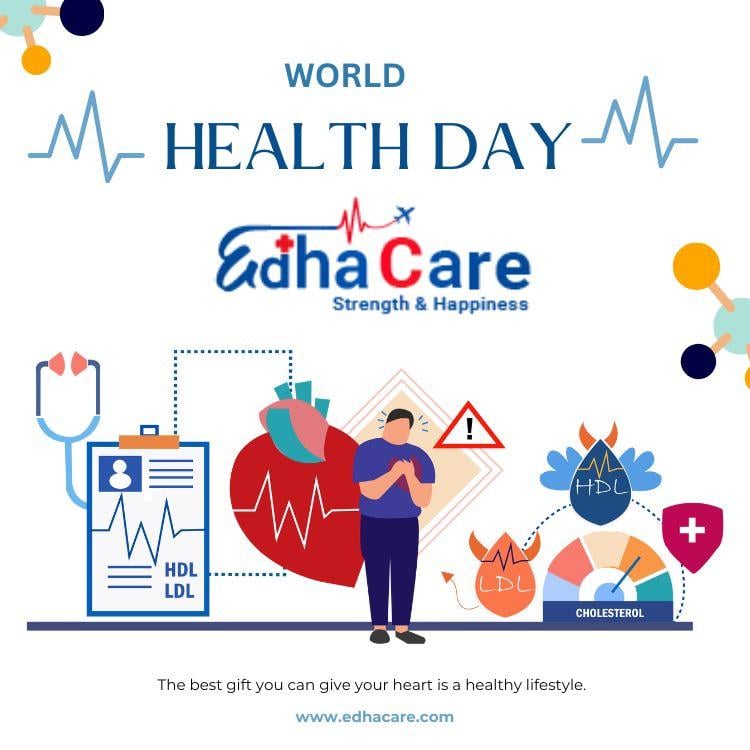Can A Family Member Be Bone Marrow Transplant Donor And Why?

Bone marrow transplants are a life-saving treatment for various conditions, including leukemia, lymphoma, and aplastic anemia. But the success of a transplant often hinges on finding a compatible donor. A common question arises: can a family member be that donor, and what makes them a potential match? The answer is a resounding yes, family members can be bone marrow donors, and in many cases, they are the best option. Let's explore why.
The Importance of Matching:
The key to a successful bone marrow transplant lies in Human Leukocyte Antigens (HLA). These are proteins found on most cells in your body, and your immune system uses them to distinguish between your own cells and foreign invaders. Think of HLA markers as unique identifiers, like a complex combination of letters and numbers. The closer the HLA match between the donor and recipient, the lower the risk of complications like graft-versus-host disease (GVHD), a condition where the donor's immune cells attack the recipient's tissues.
Why Family Members Are Often the Best Match:
You inherit half of your HLA genes from each parent. This means siblings from the same parents have a 25% chance of being a perfect HLA match. While this might seem like a small number, it's significantly higher than the odds of finding a match in the general population. This is why doctors often look to siblings first when searching for a bone marrow donor.
Parents are a half-match for their children, meaning they share one set of HLA haplotypes. While a half-match transplant can be successful, it carries a higher risk of complications compared to a fully matched transplant. Children also inherit half of their HLA from each parent.
Other family members, like aunts, uncles, cousins, or grandparents, have a much lower chance of being a close match. The further removed the relationship, the less likely they are to share similar HLA markers.
The Search Beyond Family:
If a suitable match isn't found within the family, the search expands to unrelated donors through bone marrow registries. These registries contain millions of volunteer BMT donors from around the world. While finding a match through a registry is possible, it can be a lengthy process, and the chances of finding a perfect match are still relatively low compared to finding one within the family.
The Benefits of a Family Donor:
-
Higher Chance of a Perfect Match: As discussed, siblings have the highest probability of being a perfect or close match.
-
Faster Transplant Process: Identifying a family donor can often be quicker than searching through a registry, reducing the time the patient has to wait for a transplant.
-
Emotional Support: Having a family member as a donor can provide immense emotional support for the patient and their family during a challenging time.
The Donation Process:
Bone marrow donation is a relatively safe procedure. There are two main methods of harvesting bone marrow:
-
Bone Marrow Aspiration: This involves extracting liquid marrow from the hip bone using a needle. It's typically done under general or regional anesthesia.
-
Peripheral Blood Stem Cell (PBSC) Collection: This method involves taking stem cells from the bloodstream. The donor receives injections of a medication to stimulate stem cell production, and then blood is drawn through a needle in the arm. The stem cells are separated, and the remaining blood is returned to the donor.
Making the Decision:
Becoming a bone marrow donor requires understanding the process, risks, and commitment. Donors may experience minimal discomfort, but the potential to save a life is incredible. Family members, especially siblings, are usually the best chance for a successful transplant due to higher HLA matching rates, providing a significant advantage in the search for a life-saving match.
Other treatment information are also available by specialty:
https://www.edhacare.com/uz/treatments/orthopedic/ankle-fracture-treatment
https://www.edhacare.com/doctors
https://www.edhacare.com/ar/treatments/gynecology/bartholins-cyst-treatment
https://www.edhacare.com/tl/blogs/intestine-swelling-symptoms/
https://www.edhacare.com/tl/blogs/3-warning-signs-of-colon-cancer/
https://www.edhacare.com/af/blogs/intestine-swelling-symptoms/
https://www.edhacare.com/tl/blogs/early-signs-of-leukemia-in-adults/
https://www.edhacare.com/tl/blogs/understanding-hair-loss-causes-prevention-and-treatment/
https://www.edhacare.com/bn/doctors/orthopedic-treatment-in-kolkata
https://www.edhacare.com/de/blogs/roemheld-syndrome-treatment/
- Art
- Causes
- Crafts
- Dance
- Drinks
- Film
- Fitness
- Food
- Spiele
- Gardening
- Health
- Home
- Literature
- Music
- Networking
- Other
- Party
- Religion
- Shopping
- Sports
- Theater
- Wellness


